

Codes including ASME B31.8, ASME B31.4, GB 50251-2015, and GB 50253-2014 divide pipelines into "Restrained" and "Unrestrained" zones with different strength criteria.
The primary design challenge involves locating virtual anchor points and properly dividing pipelines into restrained and unrestrained zones. PASS/START-PROF provides solutions for this complex task.
Pipe behavior actually exists in three conditions rather than two:
Unrestrained
Totally Restrained
Partially Restrained
See detailed explanation of restrained and unrestrained pipes.
Restrained piping prevents axial displacement or flexure at bends through soil or supports. Includes:
Straight buried sections between virtual anchors with zero axial displacement

Buried Pipeline
1 - Virtual anchor points, 2 - restrained section, 3 - unrestrained section
Bends and adjacent piping in stiff/consolidated soil with zero axial displacement
Aboveground sections on rigid supports with zero axial displacement

Aboveground pipe restrained between rigid anchors
Unrestrained piping accommodates axial displacement or bend flexure. Includes:
Aboveground piping configured for thermal expansion or anchor movement flexibility
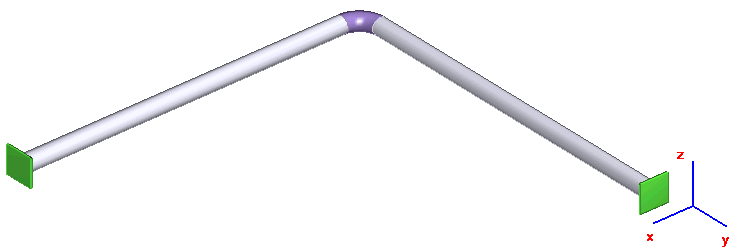
Bends and adjacent piping in soft/unconsolidated soil
Unbackfilled buried sections with lateral displacement capability or bends
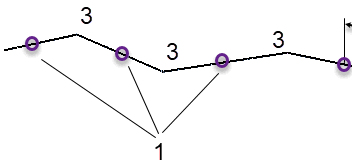
Pipe subject to end cap pressure forces

Buried gas and oil pipelines typically exhibit all three pipe conditions due to their length and small temperature differences.
Assuming ideal plastic soil model:
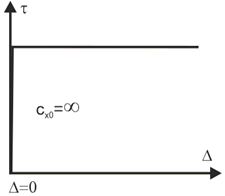
Axial stress and displacement diagrams show:
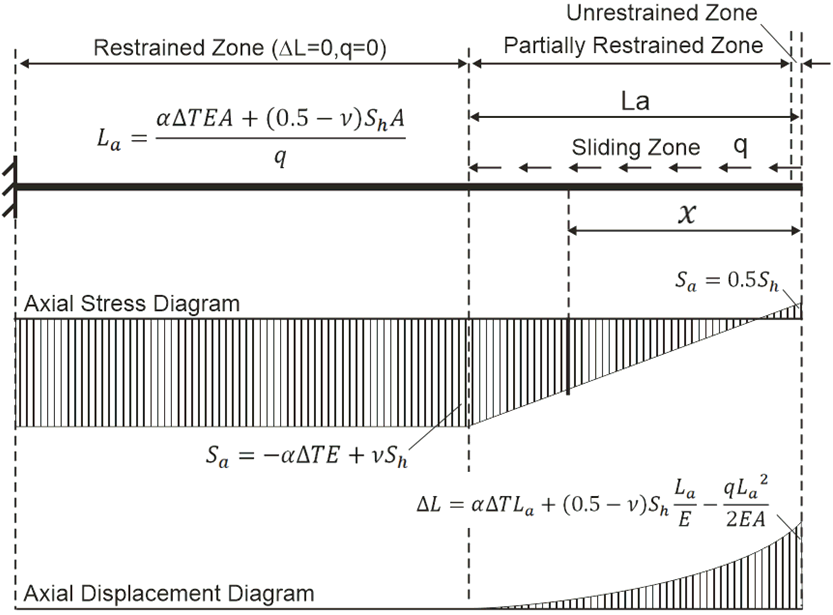
q - Longitudinal friction force
The unrestrained zone is typically small, with most pipeline length consisting of totally and partially restrained zones.
Key equations for ideal plastic soil model:
Anchor load: 
Axial force (restrained): 
Stress (restrained): 
Axial force (unrestrained): 
Stress (unrestrained): 
Balance equation: 
Virtual anchor length: 
Calculate virtual anchor length using Start-Elements.
For PASS/START-PROF's elastic-plastic soil model, zero displacement zones are absent:

Sliding zone length calculation:

 - Soil longitudinal displacement resistance factor from soil
database
- Soil longitudinal displacement resistance factor from soil
database

Division between restrained and unrestrained zones is conditional. PASS/START-PROF's "Autodetect" option in Project Settings automatically applies appropriate strength criteria.
Software uses "restrained" equations when:

where F = axial force, E = Young's modulus, SH = hoop stress, v = Poisson's ratio.
This treats pipes with N/Nmax > 97.5% as fully restrained and N/Nmax <97.5% as="" fully="" unrestrained.
PASS/START-PROF's "Start Smart Check" provides universal strength criteria suitable for all pipe conditions, based on Russian code experience (GOST R 55596-2013, GOST 32388-2013, SNIP 2.05.06-85).
This method eliminates manual zone division while ensuring code compliance. Key improvements:
Table 1. Original ASME B31.4 Strength Criteria
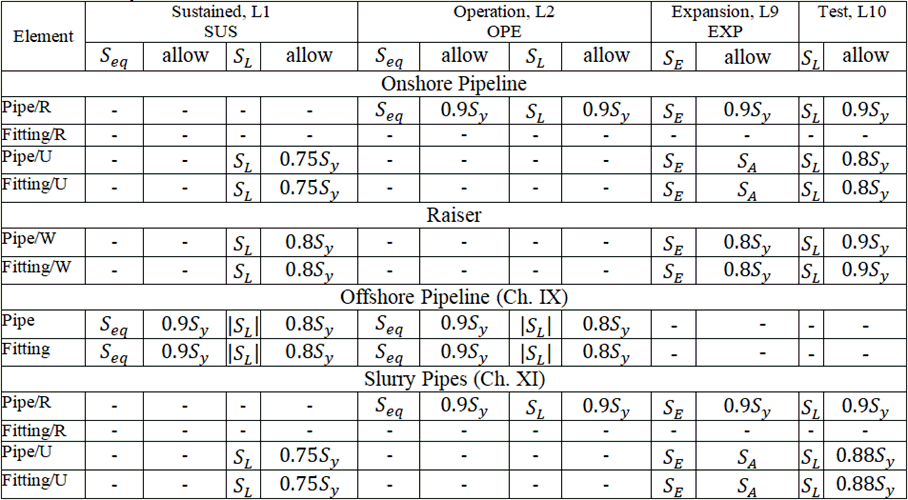
Table 2. Start Smart Check ASME B31.4 Improved
Criteria

Table 3. Original ASME B31.8 Strength Criteria

Table 4. Start Smart Check ASME B31.8 Improved
Criteria

Enable "Start Smart Check" in Project Settings for reliable analysis of complex pipelines without manual zone division. This method has been successfully used in Russian pipeline design since 1985.
Modeling Main Pipeline Stations, Bourdon Effect, Restrained and Unrestrained Pipes, Virtual Anchor Length